Home>Home Appliances>Laundry Appliances>What Does E3 Mean On A Washing Machine
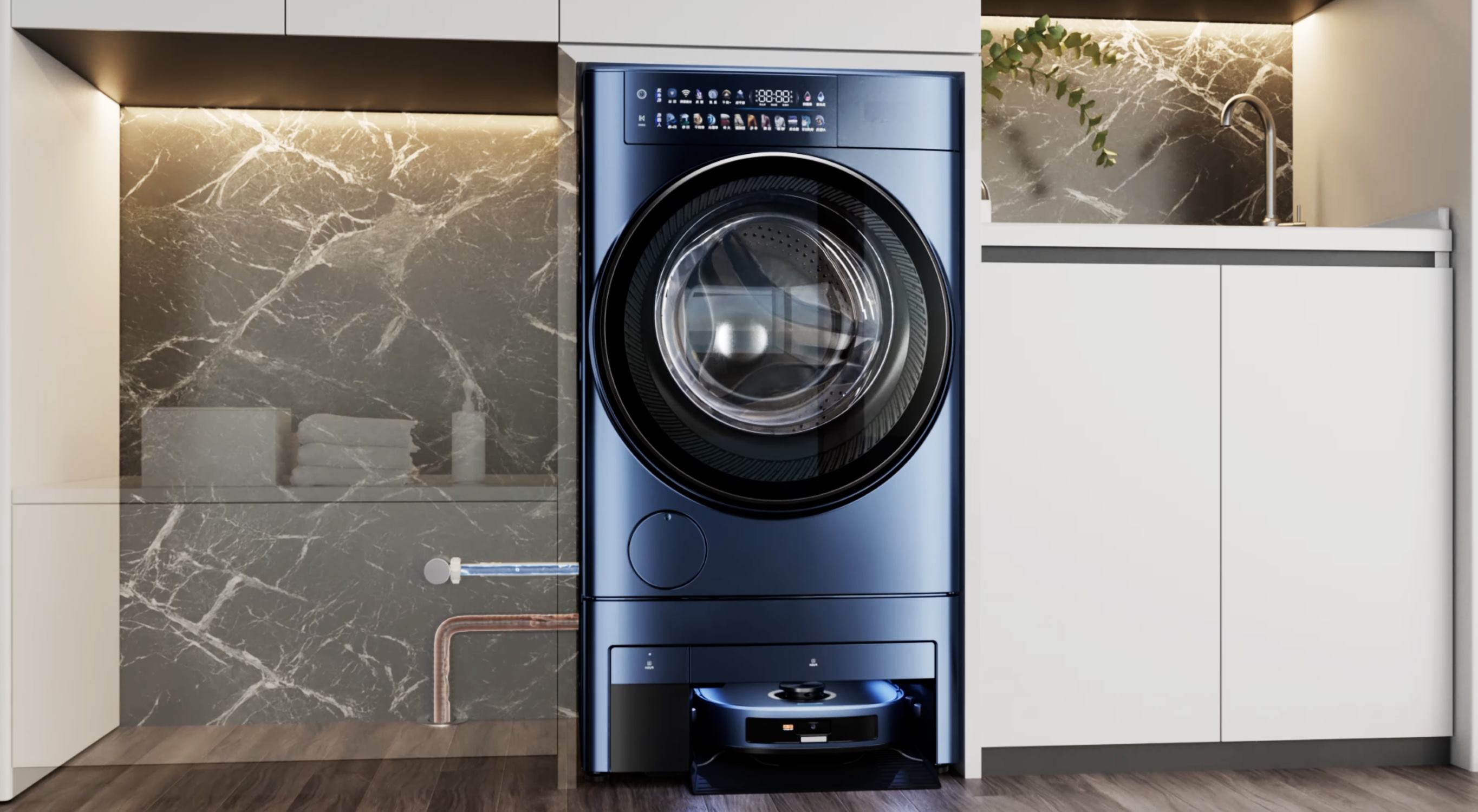

Laundry Appliances
What Does E3 Mean On A Washing Machine
Published: February 26, 2024
Learn what E3 means on a washing machine and how to troubleshoot it. Get expert tips on laundry appliances and E3 error solutions.
(Many of the links in this article redirect to a specific reviewed product. Your purchase of these products through affiliate links helps to generate commission for Storables.com, at no extra cost. Learn more)
Understanding the E3 Error Code
When you're in the midst of tackling a mountain of laundry, the last thing you want to encounter is an error code on your washing machine. One of the most common error codes that can pop up is E3. But what does E3 mean on a washing machine? Understanding this error code is the first step to resolving the issue and getting your laundry routine back on track.
The E3 error code on a washing machine typically indicates a problem with the machine's motor. This error can manifest in various ways, such as the machine failing to spin or agitate properly, producing unusual noises during operation, or displaying the E3 code directly on the control panel.
In essence, the E3 error code serves as a signal from your washing machine that something is amiss with the motor or its related components. This could be due to a range of factors, from mechanical issues to electrical malfunctions.
To gain a deeper understanding of the E3 error code, it's helpful to consult the user manual provided by the manufacturer. This resource often contains valuable information about error codes specific to your washing machine model, including E3. The manual may offer insights into the potential causes of the error and provide troubleshooting steps to address the issue.
In addition to the user manual, online resources and forums can be valuable sources of information when deciphering the E3 error code. Many individuals have encountered and resolved similar issues with their washing machines, and their shared experiences can offer practical guidance for troubleshooting the E3 error.
Furthermore, understanding the E3 error code involves recognizing the importance of regular maintenance and care for your washing machine. Over time, wear and tear can take a toll on the motor and its associated components, potentially leading to the emergence of error codes like E3. By adhering to a routine maintenance schedule and promptly addressing any unusual symptoms exhibited by the washing machine, you can mitigate the likelihood of encountering the E3 error code.
In summary, the E3 error code on a washing machine is a clear indicator of an underlying issue with the motor or its related components. By delving into the user manual, seeking insights from online communities, and prioritizing regular maintenance, you can enhance your understanding of the E3 error code and take proactive measures to keep your washing machine running smoothly.
Key Takeaways:
- E3 error on a washing machine indicates motor issues. Regular maintenance and troubleshooting can help resolve the error and keep the machine running smoothly.
- Troubleshooting E3 error involves power cycling, checking for obstructions, and inspecting the motor and wiring. Seeking professional help may be necessary if the error persists.
Read more: What Does F5 E3 Mean On A Whirlpool Washer
Troubleshooting E3 Error on Washing Machine
When faced with the E3 error on your washing machine, it's natural to feel a sense of urgency to resolve the issue and get back to your laundry tasks. Fortunately, there are several troubleshooting steps you can take to diagnose and address the E3 error effectively.
-
Power Cycle: Begin by performing a simple power cycle. Turn off the washing machine, unplug it from the power source, and wait for a few minutes before plugging it back in and turning it on. This basic reset can sometimes clear temporary glitches that trigger the E3 error.
-
Check for Obstructions: Inspect the washing machine for any obstructions that may be impeding the motor's operation. This includes ensuring that the drum can rotate freely and that there are no items lodged in the machine that could hinder its functionality.
-
Examine the Motor: If the E3 error persists, it's essential to assess the condition of the motor. This may involve removing the washing machine's outer casing to access the motor. Look for any signs of physical damage, such as frayed wires or loose connections. Additionally, check for any debris or foreign objects that may have infiltrated the motor assembly.
-
Test Motor Functionality: Utilize the washing machine's diagnostic mode, if available, to conduct tests on the motor. This can help identify specific issues related to the motor's performance, such as irregular speed or failure to engage. Refer to the user manual for instructions on accessing the diagnostic mode and interpreting the results.
-
Inspect Wiring and Connections: Examine the wiring and connections associated with the motor and control board. Loose or damaged wiring can disrupt the electrical flow to the motor, triggering the E3 error. Ensure that all connections are secure and free from corrosion or wear.
-
Evaluate Motor Components: Assess the motor's components, such as the brushes and drive belt, for wear and tear. Worn brushes or a damaged drive belt can impede the motor's functionality and lead to the E3 error. If necessary, replace these components following the manufacturer's guidelines.
By systematically troubleshooting the E3 error on your washing machine, you can pinpoint the underlying issue and take appropriate measures to address it. If the error persists despite your efforts, seeking professional assistance from a certified technician may be necessary to conduct a comprehensive diagnosis and implement repairs.
Common Causes of E3 Error on Washing Machine
The E3 error code on a washing machine can stem from various underlying causes, each of which warrants careful consideration to effectively resolve the issue. Understanding these common causes is instrumental in diagnosing the E3 error and implementing targeted solutions.
-
Motor Malfunction: A primary culprit behind the E3 error is a malfunctioning motor. This can manifest in the form of overheating, excessive vibration, or failure to initiate the spin cycle. Over time, the motor may experience wear and tear, leading to diminished performance and triggering the E3 error.
-
Electrical Issues: The emergence of the E3 error may also be attributed to electrical irregularities within the washing machine. This encompasses issues such as faulty wiring, disrupted electrical connections, or a malfunctioning control board. Any disruption in the electrical circuitry can impede the motor's operation and prompt the display of the E3 error code.
-
Mechanical Obstructions: The presence of mechanical obstructions within the washing machine can hinder the motor's functionality and contribute to the E3 error. These obstructions may include foreign objects lodged in the drum or components that impede the motor's rotation. Such impediments can strain the motor and trigger the E3 error as a protective measure.
-
Worn Components: Over time, essential components of the washing machine, such as the drive belt and motor brushes, can undergo wear and tear. Worn motor brushes, in particular, can compromise the motor's efficiency and lead to the manifestation of the E3 error. Similarly, a deteriorating drive belt can impede the motor's operation, prompting the display of the error code.
-
Environmental Factors: Environmental conditions, such as excessive humidity or exposure to moisture, can impact the internal components of the washing machine. Moisture infiltration can lead to corrosion of electrical connections and components, potentially triggering the E3 error. Additionally, fluctuating environmental temperatures can affect the motor's performance, contributing to the emergence of the error code.
By recognizing these common causes of the E3 error on a washing machine, individuals can undertake targeted troubleshooting measures to address the specific underlying issue. Whether it involves inspecting the motor for signs of wear, evaluating the electrical circuitry, or clearing mechanical obstructions, a comprehensive understanding of these causes is pivotal in effectively resolving the E3 error and restoring the washing machine's optimal functionality.
How to Fix E3 Error on Washing Machine
Resolving the E3 error on a washing machine necessitates a systematic approach to address the underlying issues effectively. By implementing targeted solutions, individuals can restore the optimal functionality of their washing machine and mitigate the recurrence of the error code.
1. Motor Inspection and Maintenance
Begin by conducting a thorough inspection of the washing machine's motor. Check for any visible signs of wear, damage, or obstruction. Ensure that the motor's components, including the brushes and drive belt, are in good condition. If any components show signs of wear, consider replacing them following the manufacturer's guidelines. Additionally, lubricating the motor's moving parts can enhance its performance and reduce the likelihood of the E3 error.
Read more: What Does E4 Mean On A Washing Machine
2. Electrical Circuitry Evaluation
Inspect the washing machine's electrical connections, wiring, and control board for any anomalies. Loose or damaged wiring can disrupt the electrical flow to the motor, triggering the E3 error. Ensure that all connections are secure and free from corrosion or wear. If any electrical components are found to be faulty, consider replacing them with genuine parts recommended by the manufacturer.
3. Mechanical Obstruction Clearance
Thoroughly examine the washing machine for any mechanical obstructions that may impede the motor's operation. This includes checking the drum for foreign objects and ensuring that it can rotate freely. Clear any obstructions that may hinder the motor's functionality, as these can contribute to the manifestation of the E3 error.
4. Environmental Considerations
Evaluate the washing machine's environment to mitigate potential factors that can impact its performance. Ensure that the machine is situated in a well-ventilated area, free from excessive humidity or moisture. Additionally, safeguard the washing machine from drastic temperature fluctuations, as these environmental factors can affect the motor's efficiency and contribute to the E3 error.
5. Professional Assistance
If the E3 error persists despite thorough troubleshooting efforts, seeking professional assistance from a certified technician is advisable. A trained technician can conduct a comprehensive diagnosis of the washing machine, identify any underlying issues that may have been overlooked, and implement targeted repairs to resolve the E3 error effectively.
By following these comprehensive steps, individuals can effectively address the E3 error on their washing machine and restore its optimal functionality. Prioritizing regular maintenance and prompt resolution of any emerging issues can contribute to the long-term reliability of the washing machine, minimizing the occurrence of error codes such as E3.
Frequently Asked Questions about What Does E3 Mean On A Washing Machine
Was this page helpful?
At Storables.com, we guarantee accurate and reliable information. Our content, validated by Expert Board Contributors, is crafted following stringent Editorial Policies. We're committed to providing you with well-researched, expert-backed insights for all your informational needs.
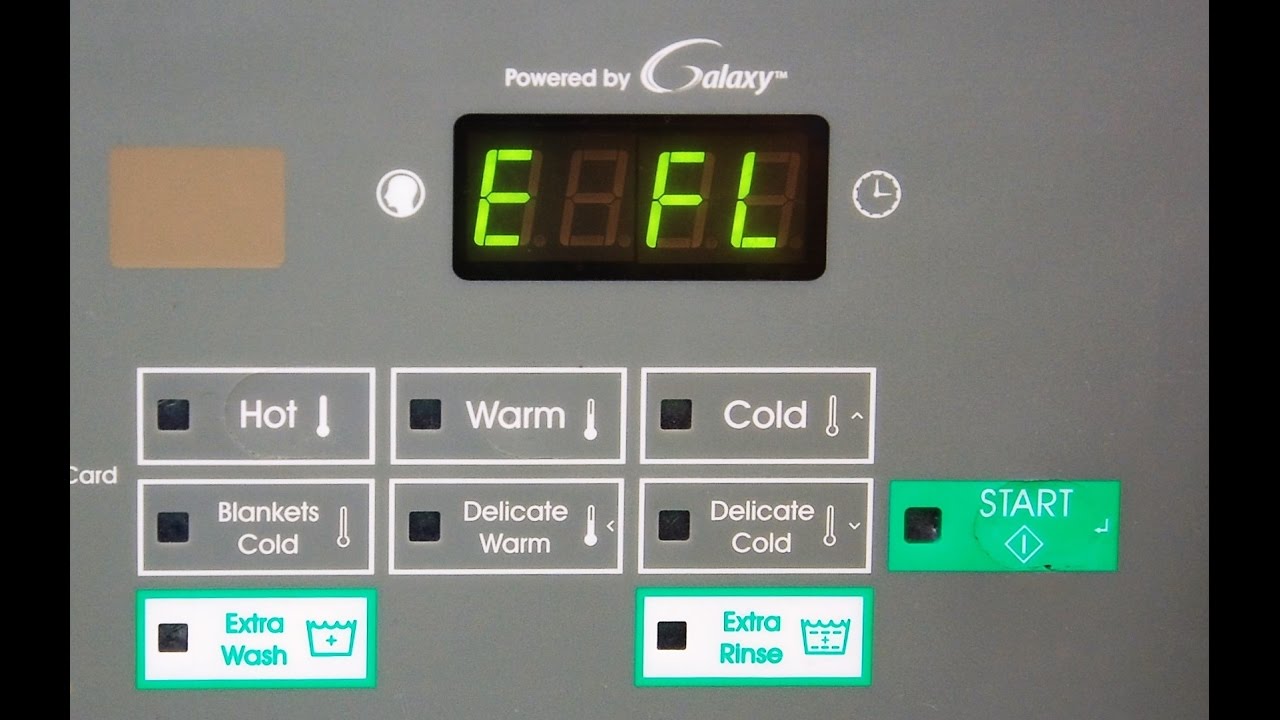
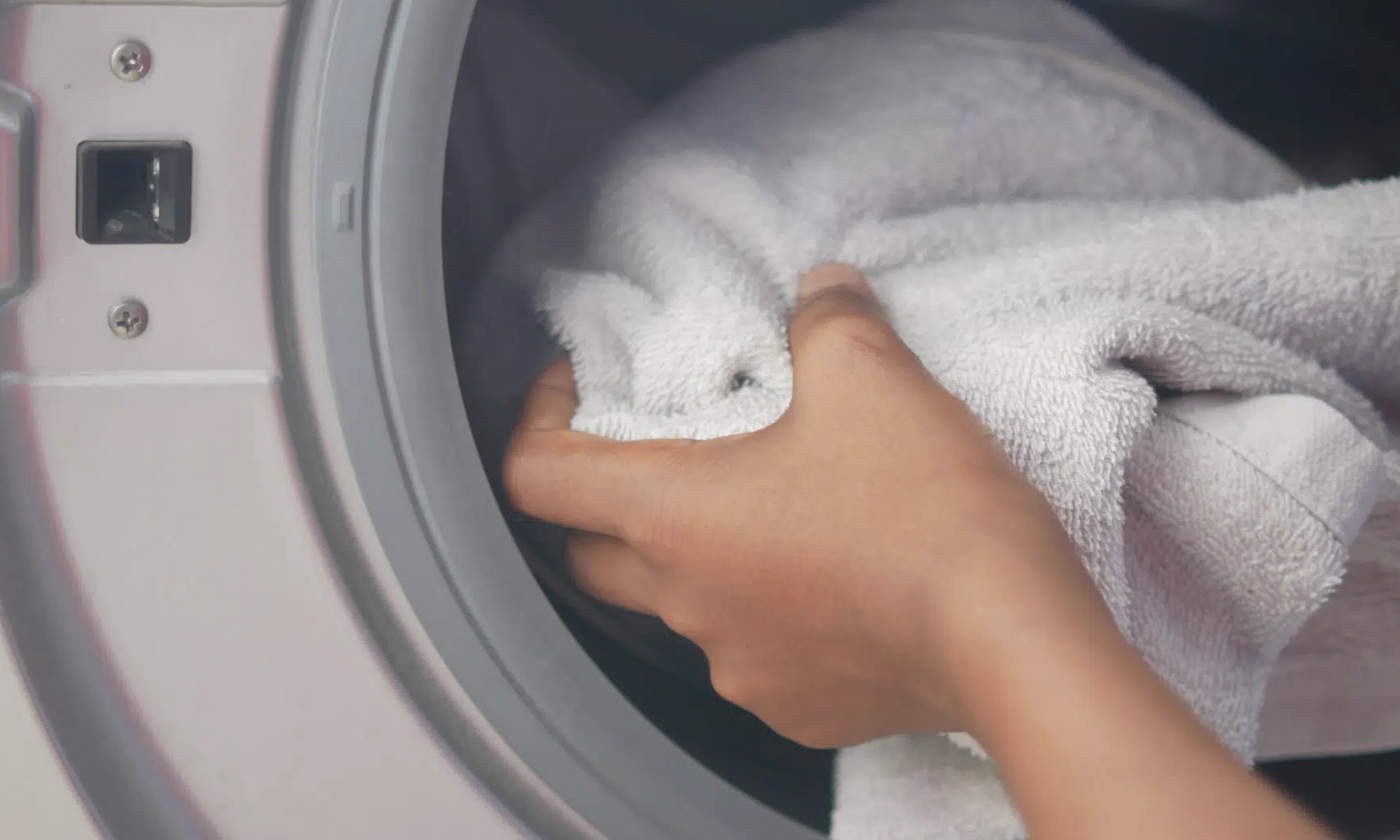
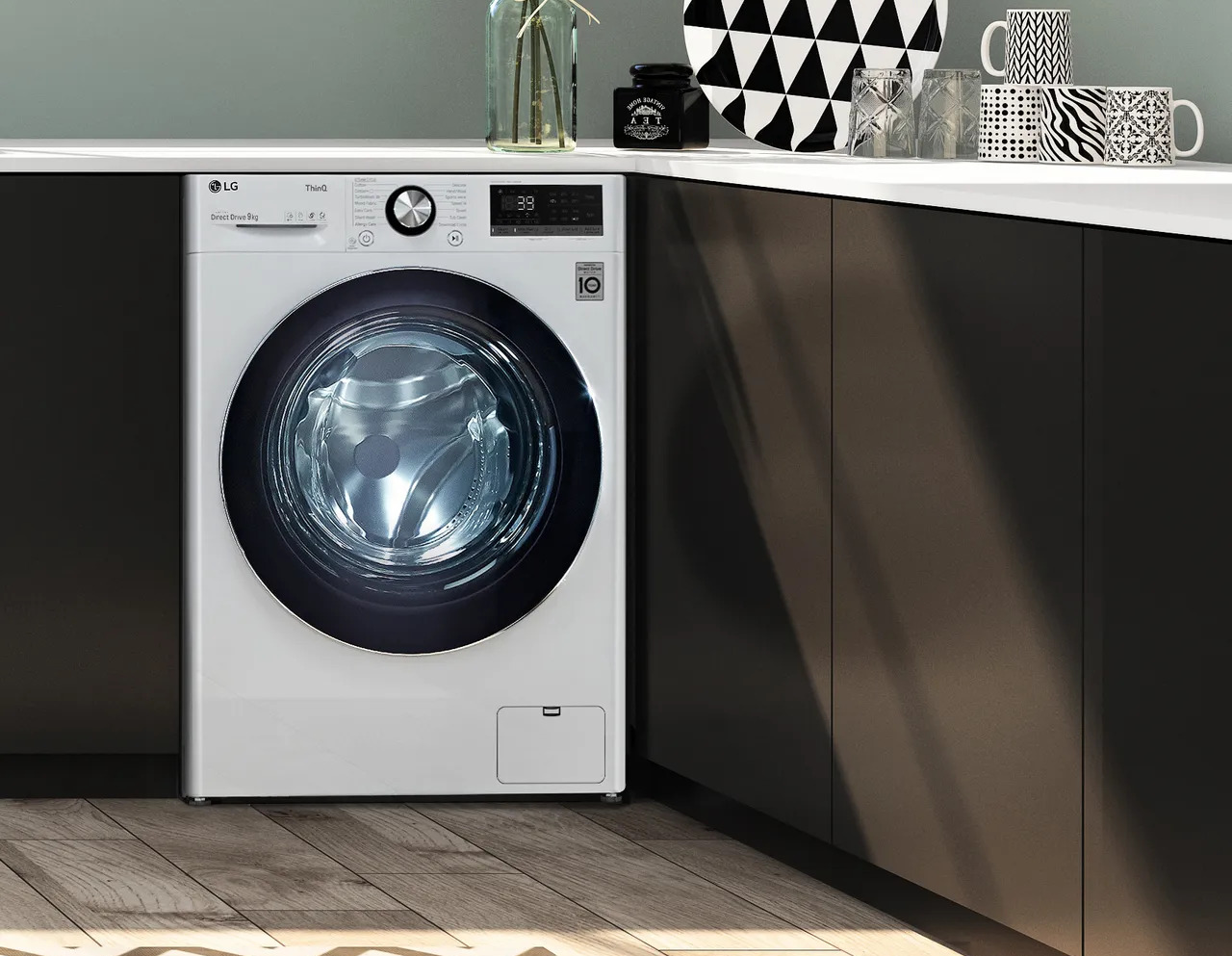
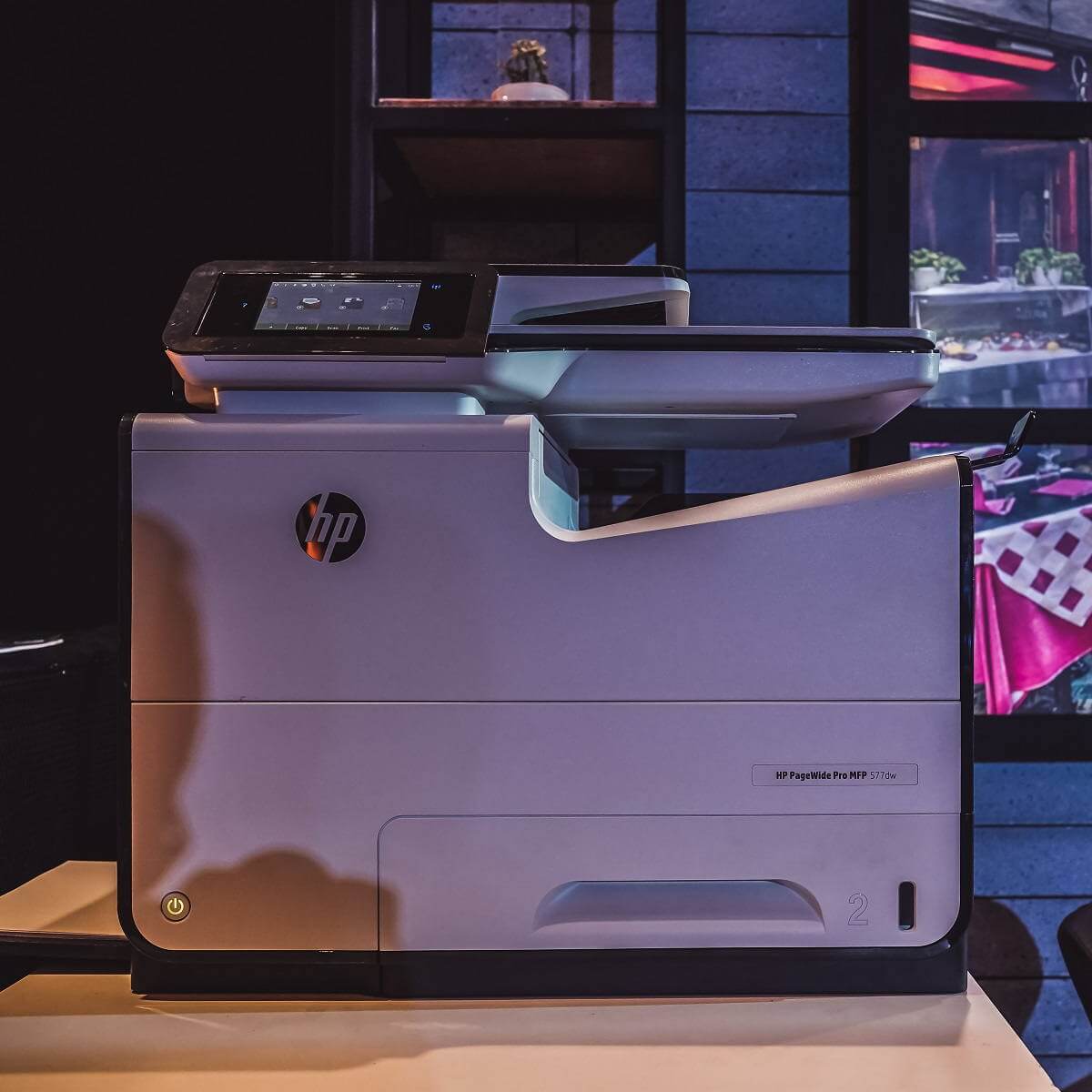
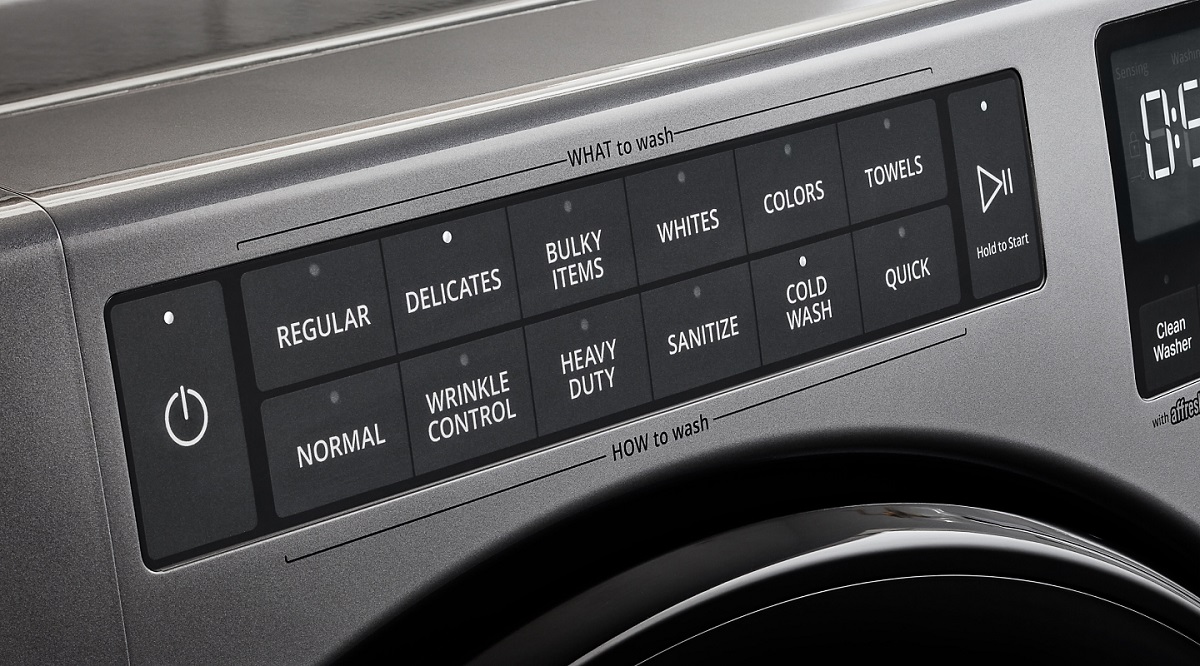
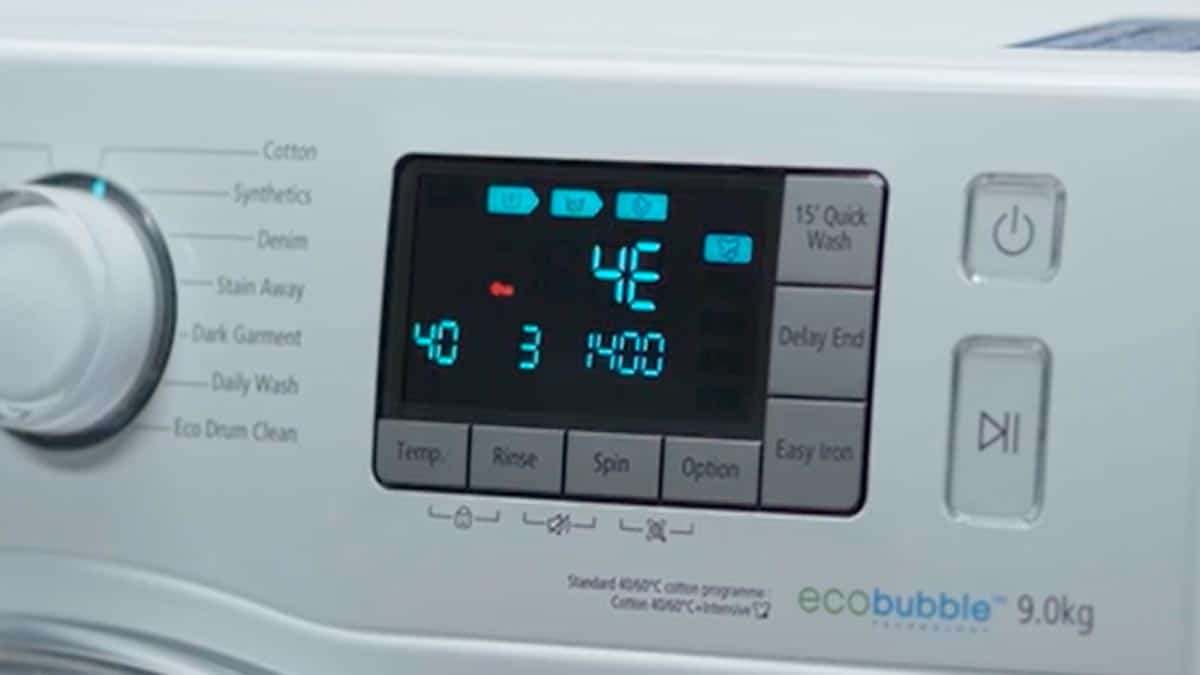
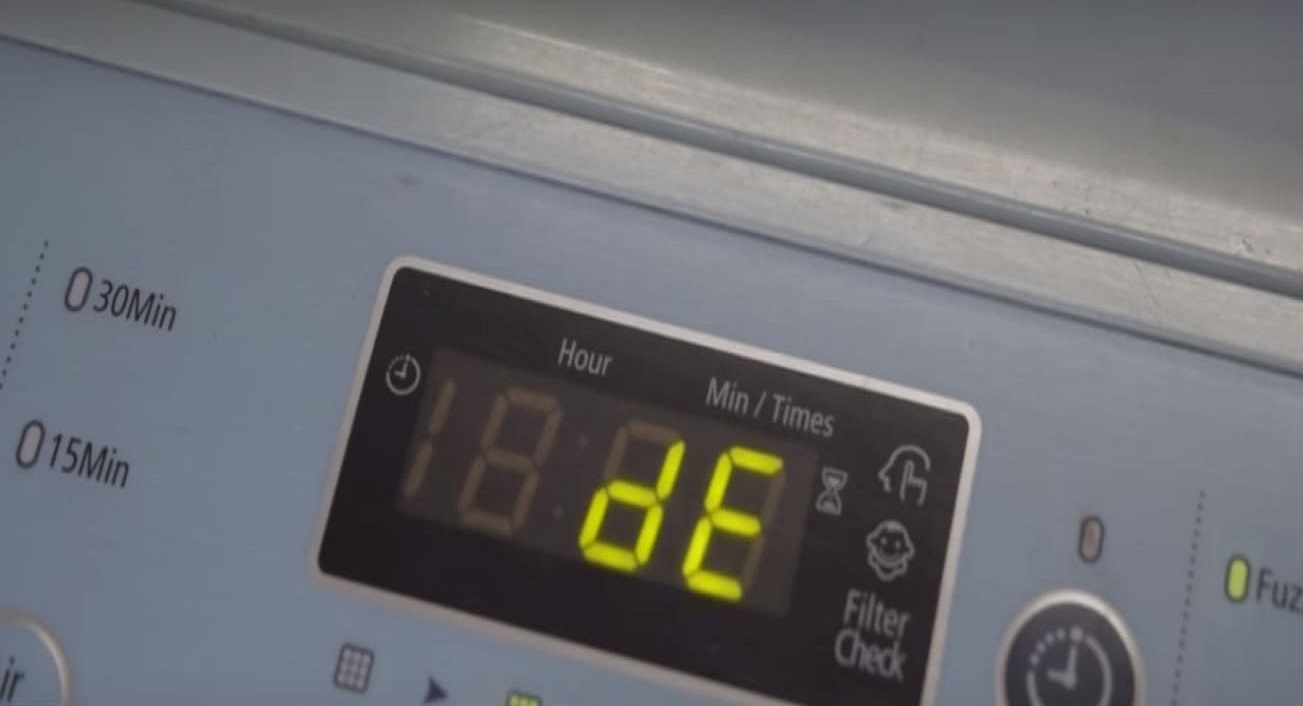
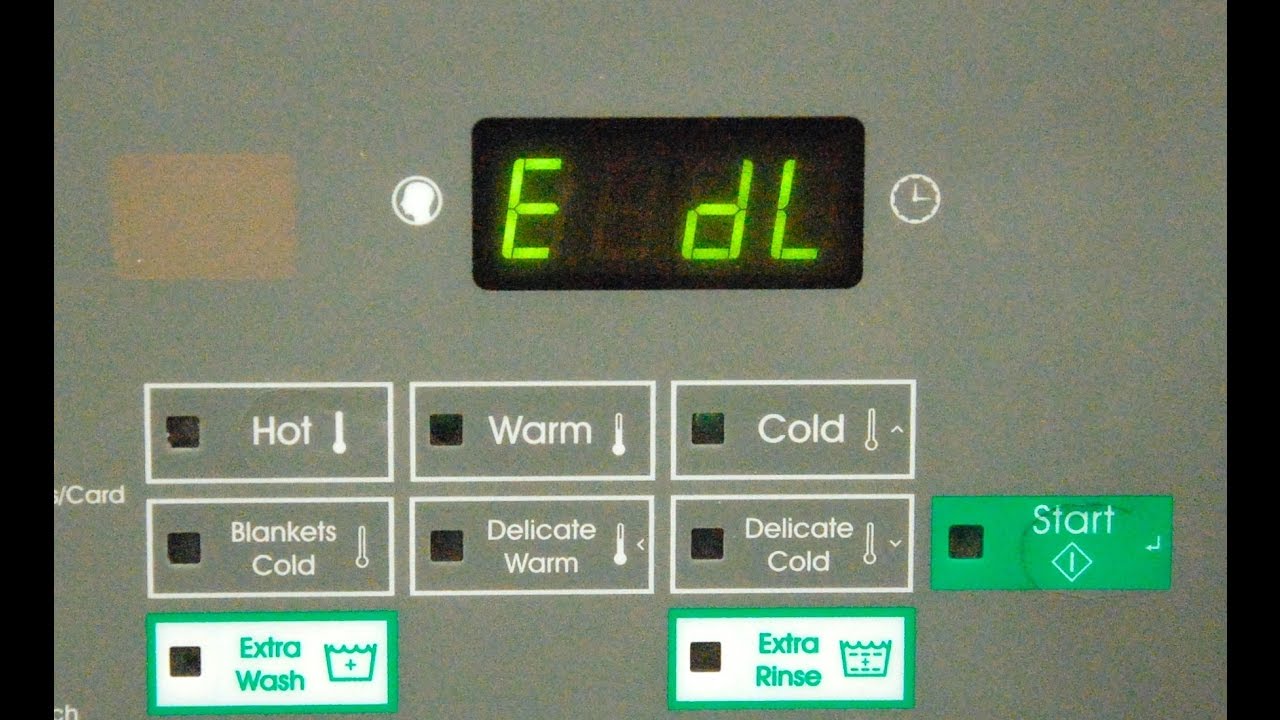
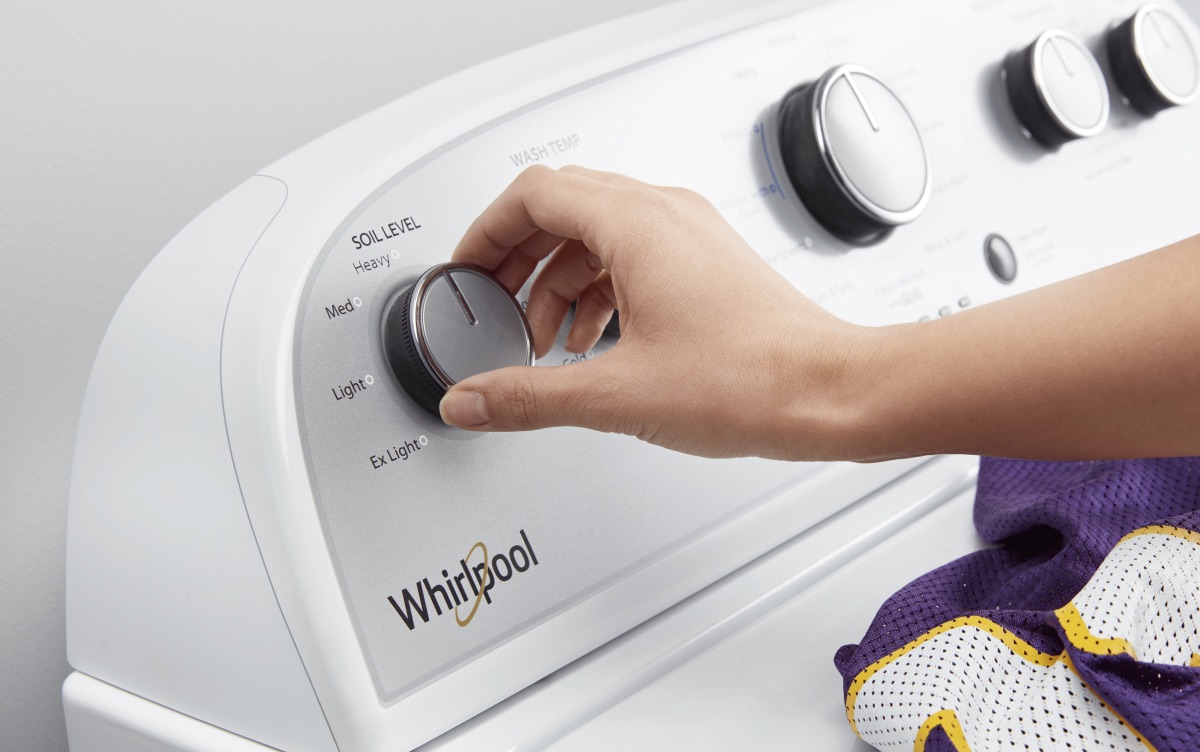
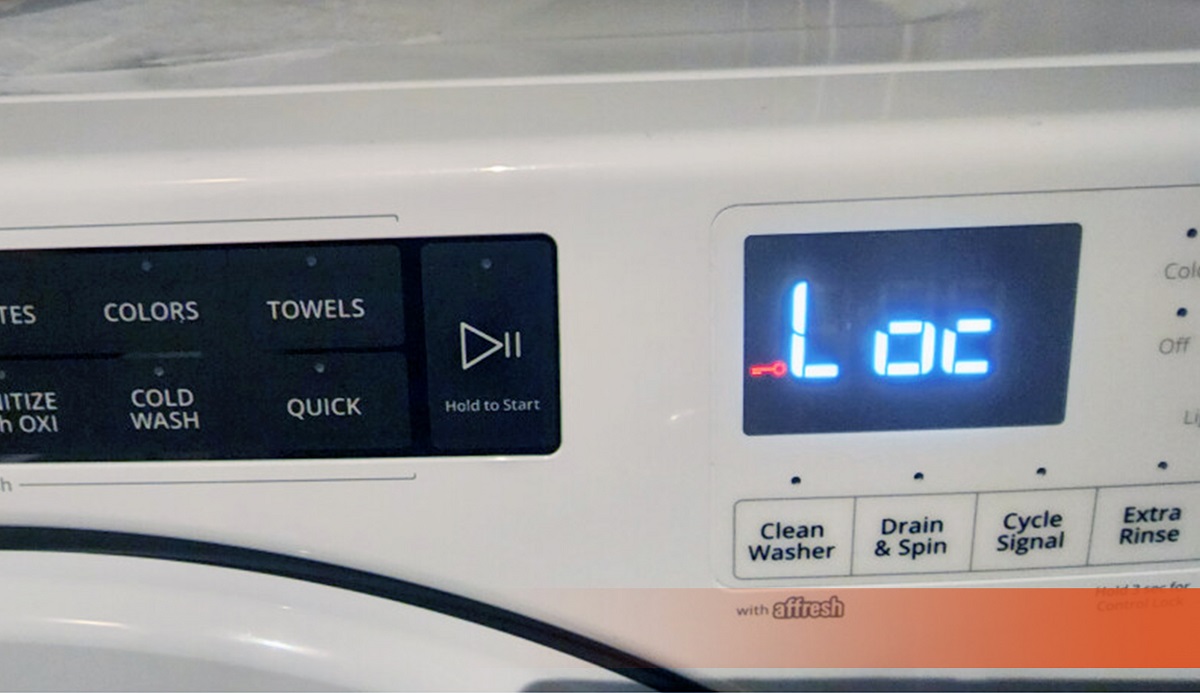
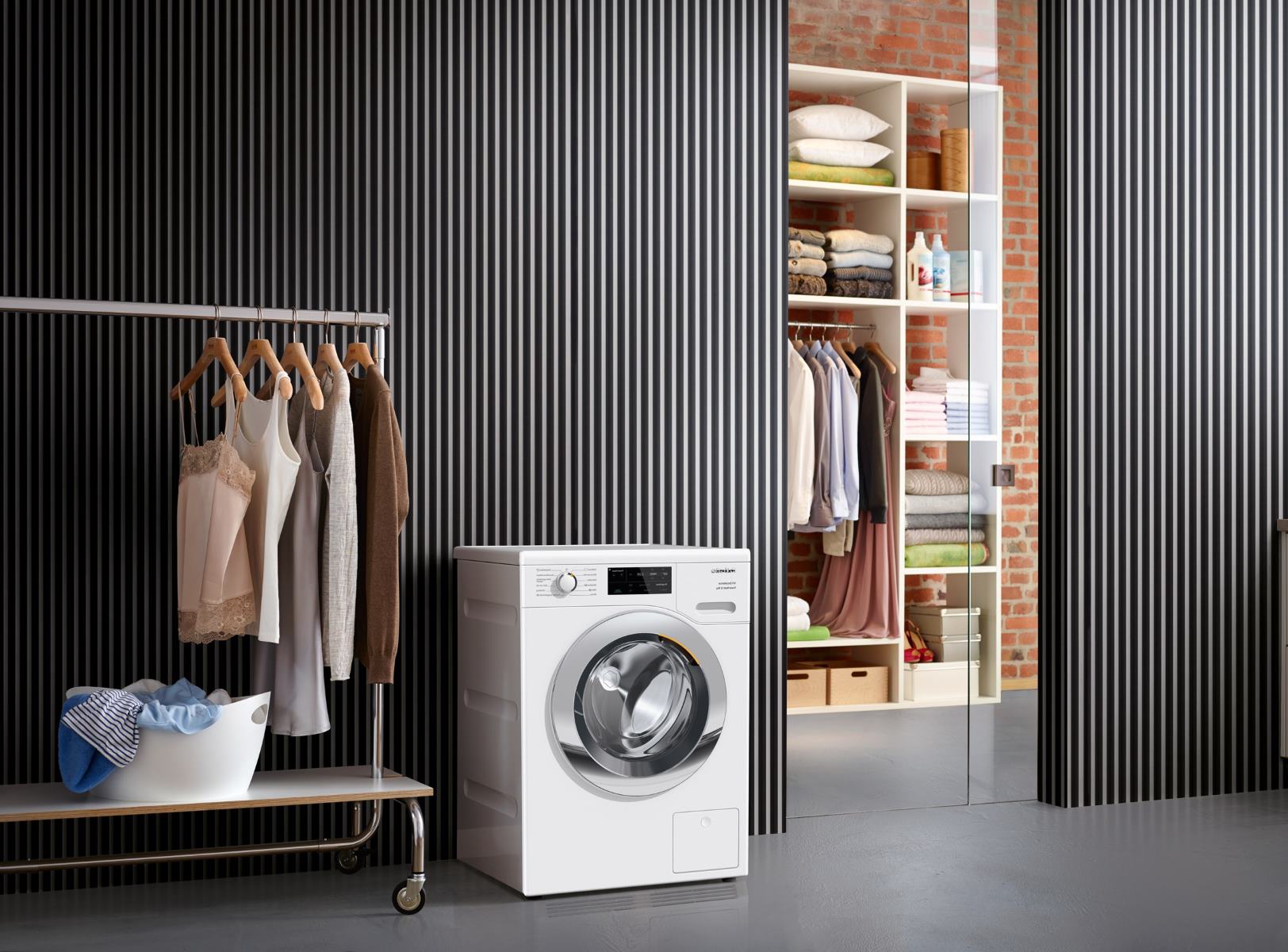
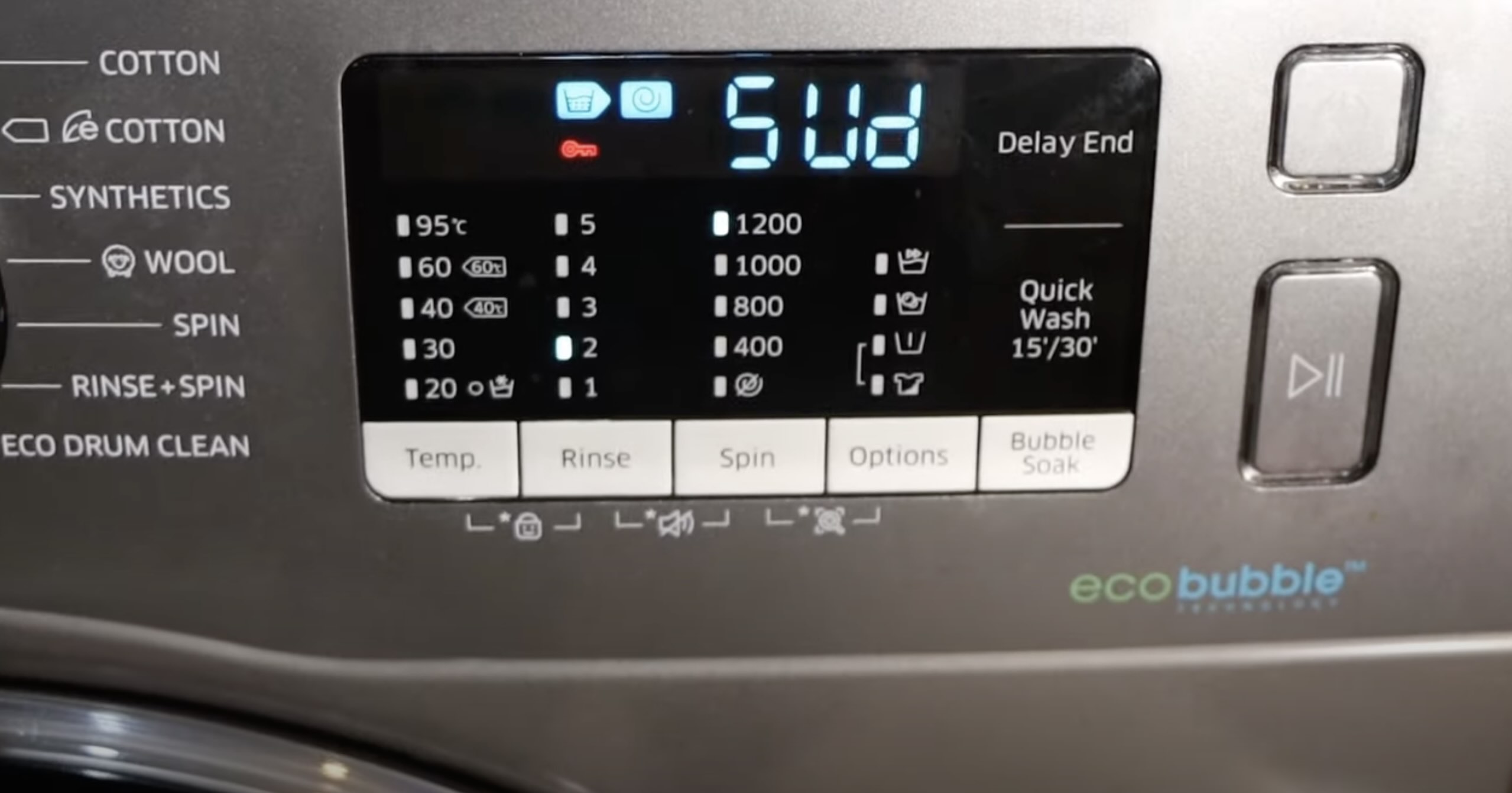
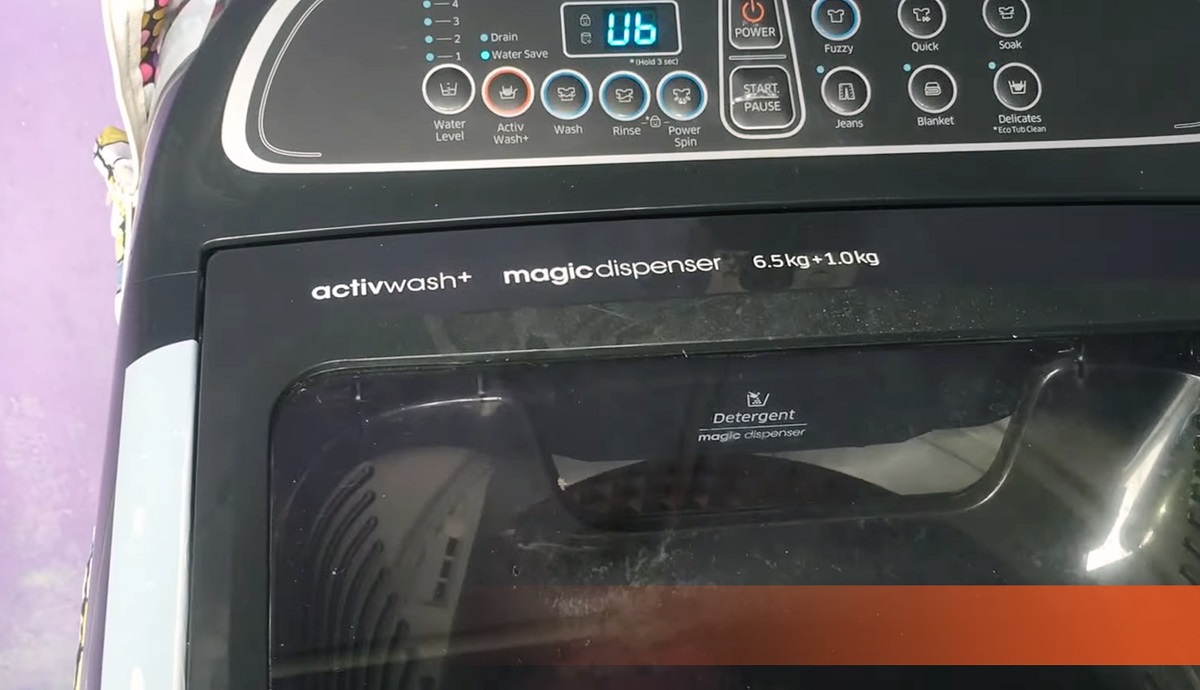
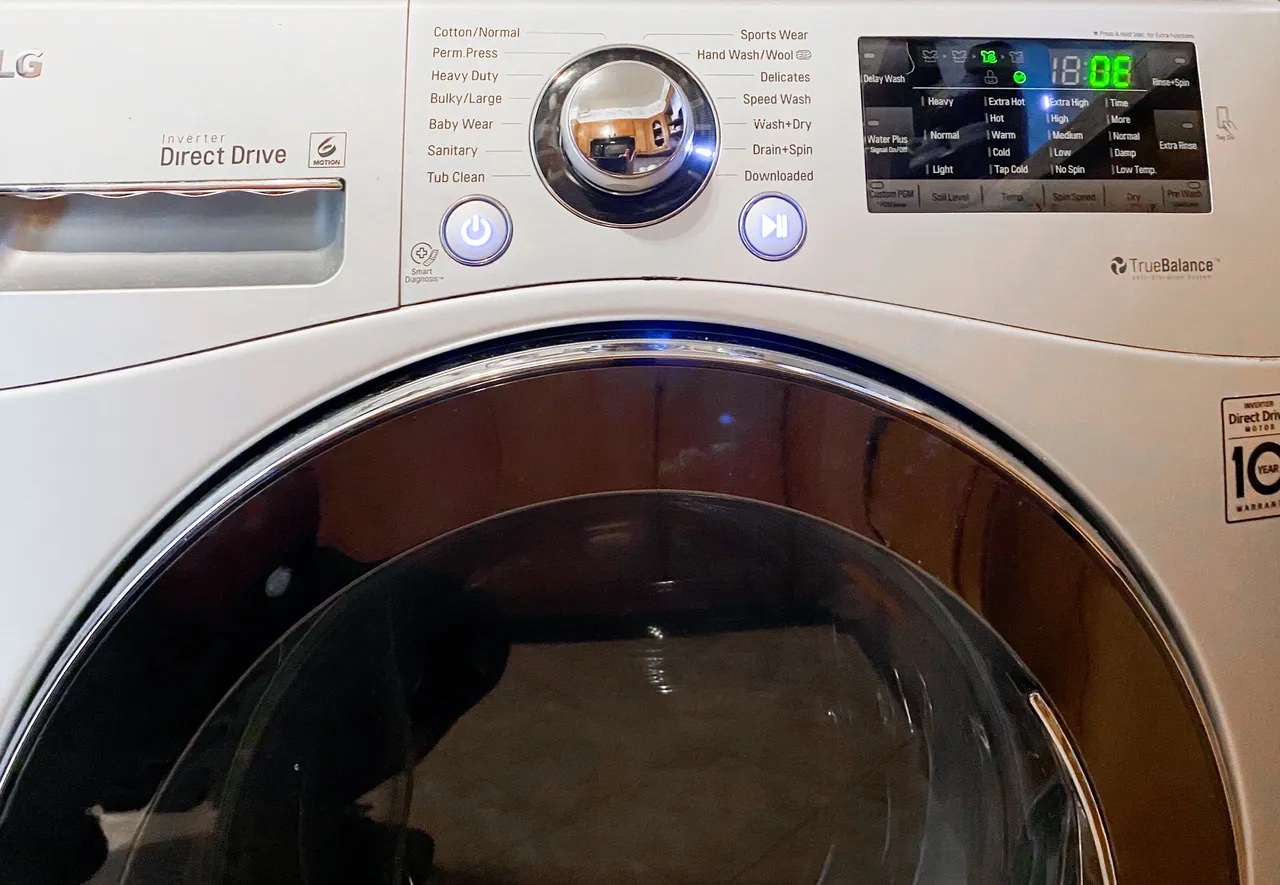

0 thoughts on “What Does E3 Mean On A Washing Machine”